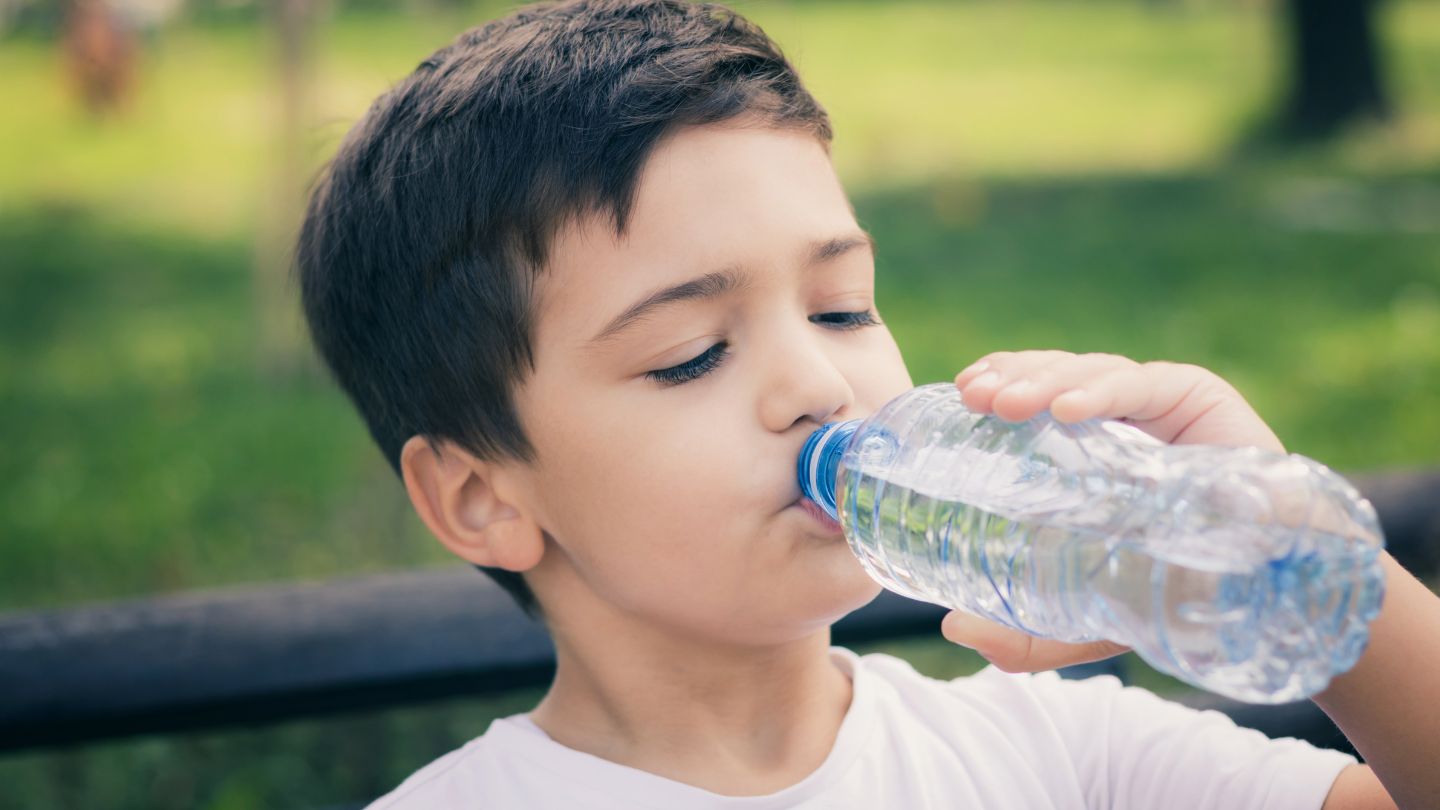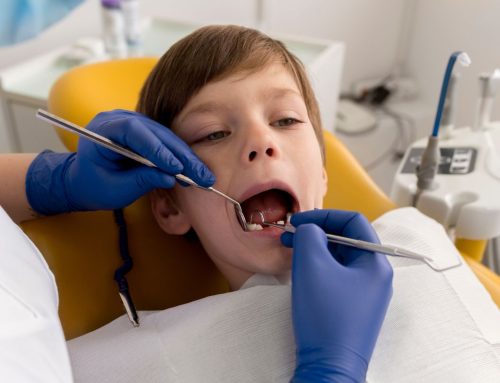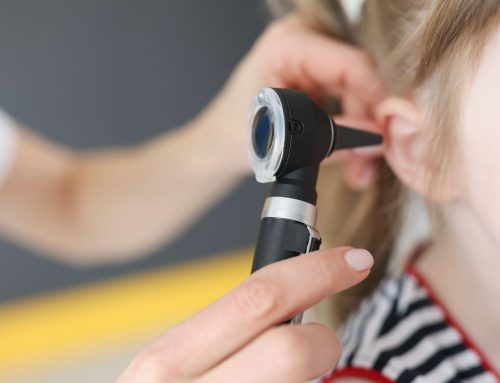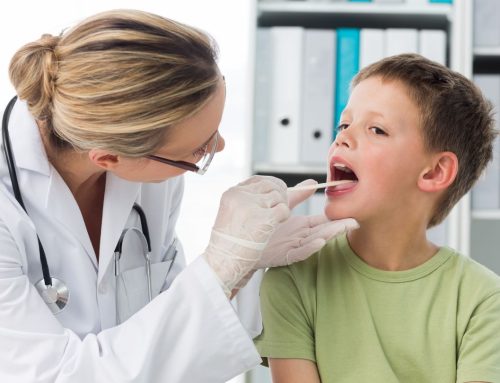Can diet or hydration help prevent salivary duct stones in children? In short, yes. Proper hydration and a balanced diet can help keep saliva flowing smoothly, reducing the risks of salivary duct stones. This blog will explain how to use diet and hydration to maintain healthy salivary glands in children, offering practical tips for prevention.
Key Takeaways
- Proper hydration is essential for preventing salivary duct stones in children, as it maintains saliva consistency and flow, reducing the risk of stone formation.
- Dietary choices significantly influence salivary gland health; hydrating foods and lean proteins promote saliva production, while dehydrating and sticky foods should be avoided.
- Recognizing symptoms and seeking timely medical intervention is crucial, as untreated salivary duct stones can lead to severe complications, including infections and chronic pain.
The Role of Hydration in Preventing Salivary Duct Stones
Proper hydration maintains normal flow of saliva in children. When well-hydrated, their saliva stays at an optimal consistency, reducing the risk of salivary gland stones. Hydration helps keep saliva flow smooth and consistent, flushing out any debris or substances that might form stones. On the other hand, insufficient fluid intake can lead to decreased saliva production, increasing the likelihood of stone formation.
Dehydration significantly impacts the salivary glands in the following ways:
- Reduced fluid intake decreases saliva production.
- Saliva becomes thicker and more prone to forming stones.
- Thickened saliva can obstruct ducts, leading to stone development.
Ensuring children drink adequate water daily is vital for maintaining proper hydration.
Monitoring a child’s hydration and dietary habits is key to preventing salivary duct stones. Encouraging regular water intake and avoiding dehydrating beverages like caffeine or high-sugar drinks helps prevent discomfort and potential complications.
Dietary Considerations for Salivary Gland Health
Diet plays a critical role in supporting the health of the salivary glands and potentially reducing the likelihood of stone formation. Incorporating certain foods into a child’s diet can enhance saliva production and maintain the proper function of the major salivary glands, including the parotid gland empties, the submandibular gland, and sublingual glands.
Here are foods to include and avoid to promote salivary gland health in children.
Foods to Include
Including foods with high water content is beneficial for maintaining salivary gland health:
- Hydrating fruits like cucumbers and watermelon can stimulate saliva production and help keep the mouth moist.
- Lean proteins, such as fish and eggs, provide essential nutrients that support tissue repair in the salivary glands.
- Healthy fats like avocados and nut butters contribute to overall health and support gland function.
Plain yogurt with live cultures also supports oral health and can increase saliva production. Incorporating these foods into daily meals can enhance salivary gland function and overall hydration. Including a variety of:
- Hydrating fruits
- Vegetables
- Lean proteins
- Healthy fats help maintain optimal salivary gland health and reduce the risk of salivary duct stones.
Foods to Avoid
Certain foods and beverages can contribute to dehydration and impede saliva flow, increasing the risk of salivary duct stones in children. These include:
- Salty snacks
- Beverages with high caffeine content
- Beverages with high alcohol content
- Sticky foods that can cling to teeth or the oral cavity
Salty snacks and beverages with high caffeine or alcohol content should be limited, as they can dehydrate the body and decrease saliva production. Additionally, sticky foods may pose a risk for saliva gland obstruction and should be avoided.
Avoiding dehydrating and sticky foods is crucial for healthy salivary gland function and stone prevention. Encourage a balanced diet that supports hydration and oral health, avoiding foods that contribute to dehydration or duct obstruction.
How Dehydration Contributes to Salivary Duct Stones
Dehydration profoundly affect the salivary glands, increasing the risk of salivary duct stones. Reduced saliva production hampers the mouth’s ability to wash away stone-forming substances, especially in the submandibular glands where saliva flow is slower and prone to obstruction.
Thicker saliva, a common consequence of dehydration, can further contribute to the likelihood of stone formation in the salivary ducts. Key strategies to prevent salivary gland stones include:
- Staying well-hydrated
- Practicing good oral care
- Ensuring that children drink enough water
- Avoiding dehydrating beverages
These measures help maintain the proper consistency of saliva and reduce the risk of sialolithiasis. Additionally, understanding the role of gland stone can aid in prevention.
Symptoms of Salivary Duct Stones in Children
Recognizing symptoms of salivary duct stones in children is crucial for timely intervention. Common symptoms include pain and swelling in the salivary glands, dry mouth, and difficulty swallowing, often during eating or drinking as saliva flow is obstructed.
Dry mouth can result from salivary duct stone obstruction, causing difficulty swallowing. Early identification of symptoms like pain and swelling ensures timely medical intervention. Seek professional advice if your child shows these symptoms to prevent further complications.
Diagnostic Methods for Salivary Duct Stones
Diagnosing salivary duct stones typically involves:
- Assessing symptoms
- Conducting a physical examination, where healthcare professionals may observe swollen glands and painful areas in the salivary glands
- Performing physical assessments that include examining the face and neck for lumps or irregularities
- Using imaging tests
Imaging techniques used to visualize and confirm the presence of salivary duct stones include:
- X-ray and CT scan
- Sialography, which involves dye injection into the duct before X-rays
- Salivary gland scan, which assesses stone presence by tracking saliva production after a tracer injection.
These diagnostic methods are essential for accurately identifying salivary duct stones and determining the appropriate treatment plan. Early diagnosis helps prevent complications and ensures effective management.
Treatment Options for Salivary Duct Stones
There are various treatment options available for salivary duct stones, ranging from home remedies to medical interventions. Home remedies like drinking water and applying heat often help dislodge salivary stones. Sucking on sour candies stimulates saliva production, assisting in passing stones. Additionally, some methods can effectively treat salivary stones.
Treatment options for salivary stones include:
- Using conservative treatment methods initially.
- Attempting to remove the stone with a blunt instrument if conservative methods fail.
- Avoiding certain medications, such as diuretics, to help prevent salivary stones.
- Surgical intervention in severe cases to remove larger stones.
- Considering surgical removal of a salivary gland if stones cause recurrent symptoms.
Treatment options for salivary stones include lifestyle changes, non-invasive methods, treatments, and surgical procedures. Consult with a healthcare provider to determine the most appropriate treatment plan for your child.
Preventative Measures Beyond Diet and Hydration
Beyond diet and hydration, additional preventative measures can reduce the risk of salivary duct stones. Chewing sugar-free gum encourages saliva flow, relieving dry mouth. Sour candies and foods can stimulate saliva production, potentially helping to flush out stones.
Regular dental hygiene and check-ups are crucial for maintaining oral health and preventing issues like salivary duct stones. Spicy and acidic foods should be consumed cautiously as they can irritate the salivary glands.
Incorporating these preventative measures helps ensure children maintain healthy salivary glands.
Complications of Untreated Salivary Duct Stones
Untreated salivary duct stones can lead to complications like persistent obstructions, chronic severe pain, and swelling during mealtime. Chronic blockage may cause inflammation or infection of the salivary glands, known as common salivary gland disorders, sialolithiasis occurs, submandibular sialolithiasis, or salivary gland infection, or sialadenitis.
Early detection of salivary stones helps avoid complications like infections and respiratory issues. Seek medical attention if your child shows symptoms to prevent these potential complications.
Recovery and Follow-up Care
Recovery after minimally-invasive procedures for salivary stones is usually quick, with no stitches or lasting pain. The salivary gland generally heals well after stone removal, with preservation rates exceeding 95% in specialized centers.
Stents placed during procedures to keep salivary ducts open are typically removed two to four weeks after surgery. Follow-up care includes:
- Ensuring proper healing
- Monitoring for potential recurrence of stones
- Healthcare providers guiding parents through recovery
- Providing instructions for maintaining salivary gland health post-treatment.
Taking Action for Your Child’s Health
Taking proactive steps to monitor and address symptoms of salivary duct stones is crucial for your child’s health. Monitor for symptoms such as swelling or pain in the mouth post-treatment and contact a healthcare provider if these occur.
Seeking professional help from pediatric ENT specialists ensures appropriate diagnosis and treatment of salivary stones. If untreated, salivary duct stones may lead to severe infections or abscess formation. Taking action early helps prevent complications and ensures healthy salivary glands.
Spotting salivary stones in children involves recognizing symptoms such as swelling near the jaw, pain while eating, and reduced saliva flow. Early detection is important to prevent infection and ensure proper treatment for your child’s oral health.
Final Thoughts
Maintaining good salivary gland health in children is essential for preventing salivary duct stones. Adequate hydration and a balanced diet play key roles in supporting salivary gland function and minimizing the risk of stone formation. Recognizing early symptoms, seeking timely medical care, and adopting preventive practices can help keep your child’s oral health in check and avoid complications.
For specialized care, trust Pediatric Ear Nose and Throat of Atlanta, P.C. for expert solutions in pediatric salivary stones treatment in Atlanta. Their dedicated team ensures accurate diagnosis and effective treatment plans tailored for children’s needs, prioritizing comfort and long-term oral health.
Frequently Asked Questions
What are the common symptoms of salivary duct stones in children?
Salivary duct stones in children commonly present with pain, swelling in the salivary glands, dry mouth, and difficulty swallowing, especially during meals. If these symptoms arise, it is advisable to consult a healthcare professional promptly.
How can dehydration contribute to the formation of salivary duct stones?
Dehydration significantly reduces saliva production and results in thicker saliva, which heightens the risk of salivary duct stone formation. It is essential to maintain proper hydration to prevent this complication.
What foods should children avoid to prevent salivary duct stones?
To prevent salivary duct stones, children should avoid dehydrating foods and beverages, particularly salty snacks, caffeine, and sticky foods that may obstruct the ducts.
What are the treatment options for salivary duct stones?
Treatment options for salivary duct stones encompass home remedies such as hydration and heat application, the use of sour candies to stimulate saliva flow, medical interventions with blunt instruments, and, in severe cases, surgical removal.
Why is early detection of salivary duct stones important?
Early detection of salivary duct stones is crucial as it prevents complications like chronic facial pain, swelling, and infections, allowing for timely and effective treatment.









